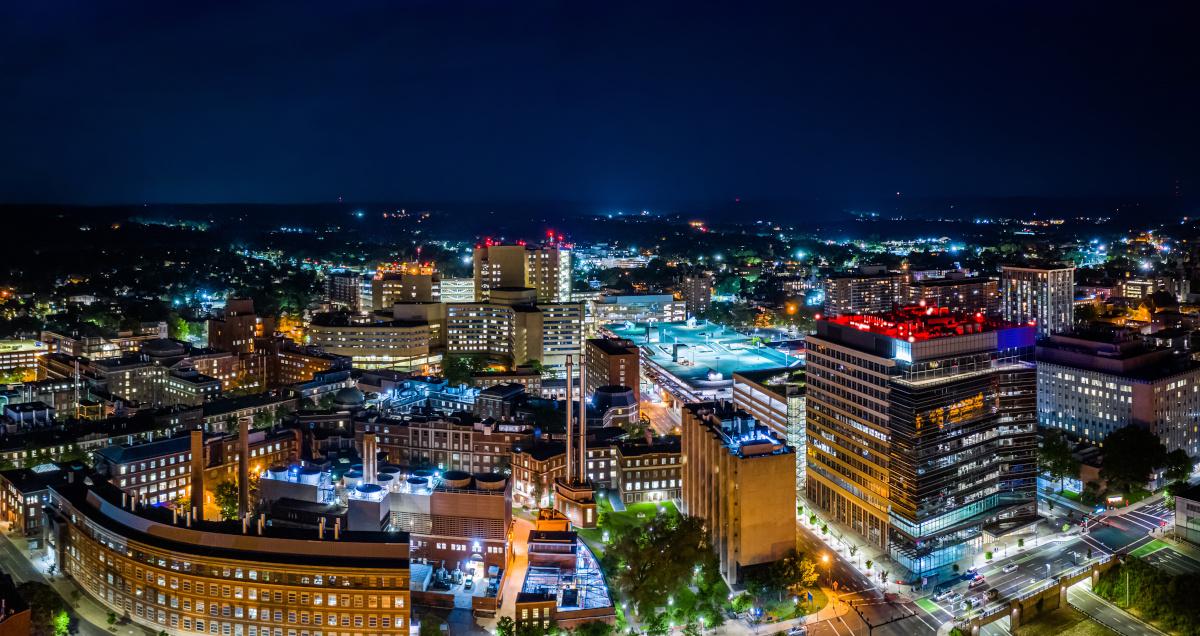In This Article
-
Where is Connecticut located?
- Located in New England in the northeastern section of the United States, Connecticut is one of the smallest states.
-
How does Connecticut rank in terms of size and population?
- Connecticut ranks 48th in terms of physical area but has the 29th highest population, making it the fourth most densely populated state.
-
What is Connecticut’s nickname?
- Known as the 'Constitution State', Connecticut is the southernmost state in New England.
-
What is the total area and population of Connecticut?
- Connecticut covers an area of 5,567 square miles in total, with an estimated population of 3.58 million.
-
Which states and bodies of water border Connecticut?
- Connecticut has borders with New York, Massachusetts, and Rhode Island, with a section of coastline on the Long Island Sound.
The Largest City:
1. Bridgeport - The Largest City
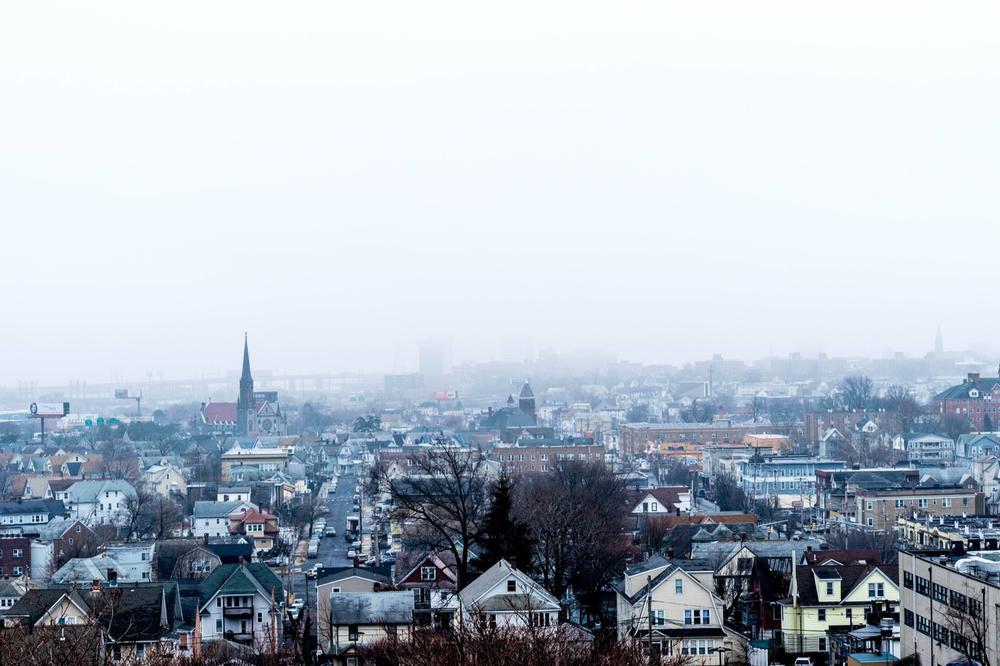
© Trudy/stock.adobe.com
Located in Fairfield County, Bridgeport is the largest city in the state of Connecticut. It is situated in the southwestern part of the state, on the coast of the Long Island Sound. Bridgeport covers an area of 19.4 square miles and has an estimated population of 151,000, with over 939,000 people estimated to be living in the city's full metropolitan area.
Bridgeport was incorporated as a town in 1821 and as a city in 1836. This seaport city is famous for several reasons, being home to the famous showman, P.T. Barnum, for a short time, with Barnum even serving as the city's mayor in the late 1800s. The first ever location of Subway opened in Bridgeport too, and the city is said to be the birthplace of the Frisbee.
Other Large Cities:
2. New Haven
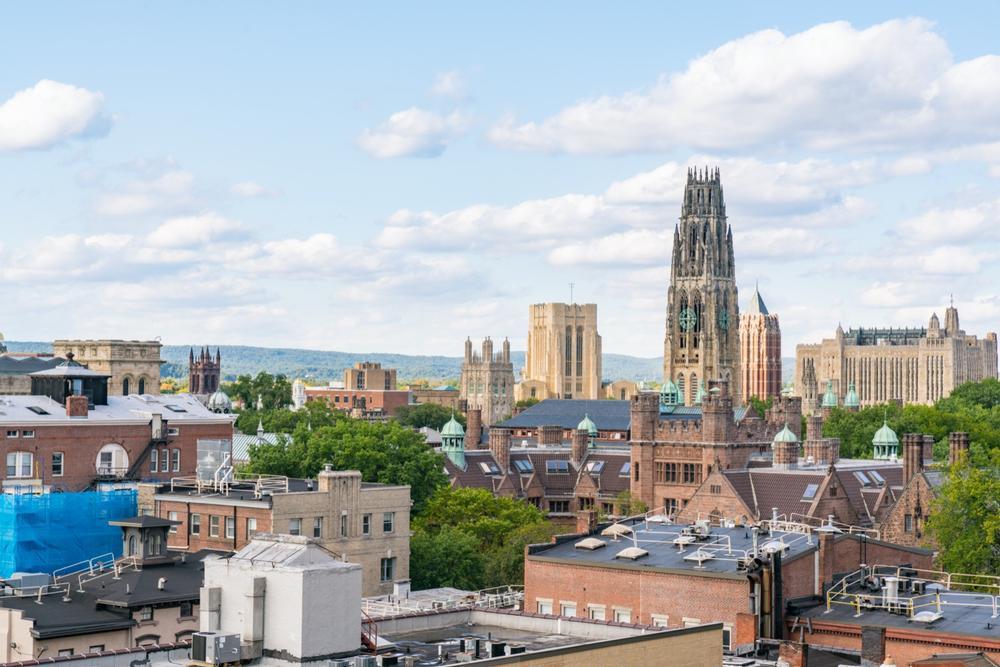
© pabrady63/stock.adobe.com
Located in New Haven County, New Haven
is the second largest city in Connecticut. It is a coastal city on the shore of the Long Island Sound and covers an area of 20.1 square miles. The estimated population of New Haven is 129,000, with over 862,000 people in the city's full metropolitan area.
Settled in 1638 and incorporated as a city in 1784, New Haven is technically part of the New York metropolitan area. It has the unique distinction of being the first ever planned city in all of America, being laid-out in a grid pattern by English Puritan settlers. New Havenis perhaps best known as the home of Yale University, one of the most prestigious and successful Ivy League institutions in all of America.
3. Hartford
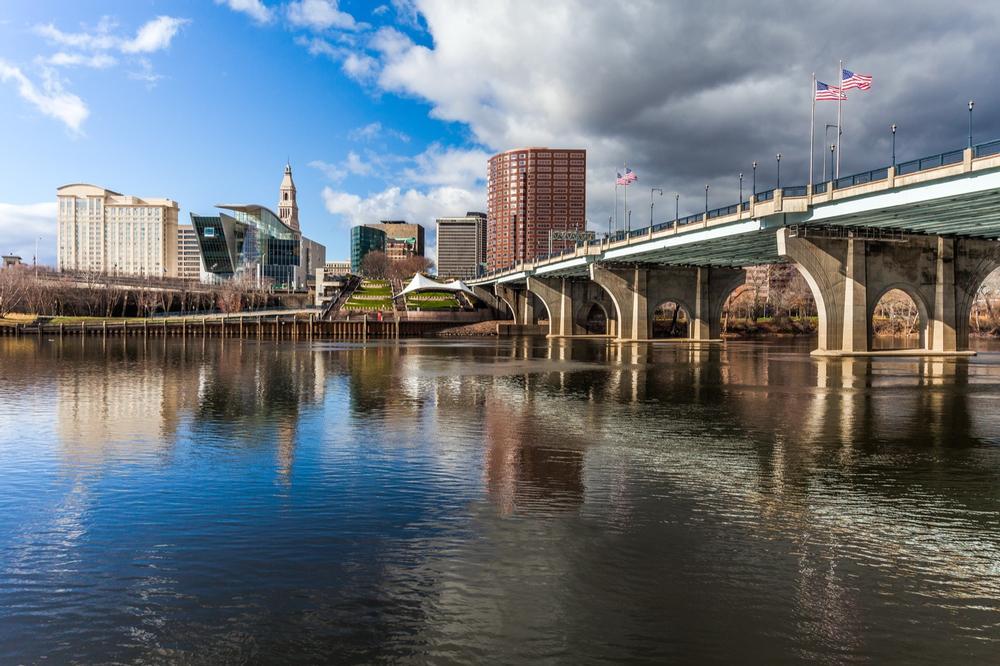
© Bruce Peter Morin/stock.adobe.com
Situated in Hartford County, Hartford is the third largest city in the state of Connecticut. Located in the central northern part of the state, Hartford covers an area of 18.1 square miles. The estimated population of Hartford is 123,000, with over 1.4 million in the metropolitan area. The area was first settled in 1635 and was named in honor of the city of Hertford, England.
Hartford was incorporated in 1784 and is one of the oldest cities in America, being home to the oldest park, newspaper, high school, and art museum in the city. The celebrated author Mark Twain lived in Hartford for several years and wrote many of his famous stories at the Mark Twain House, which is a popular tourist landmark today.
4. Stamford
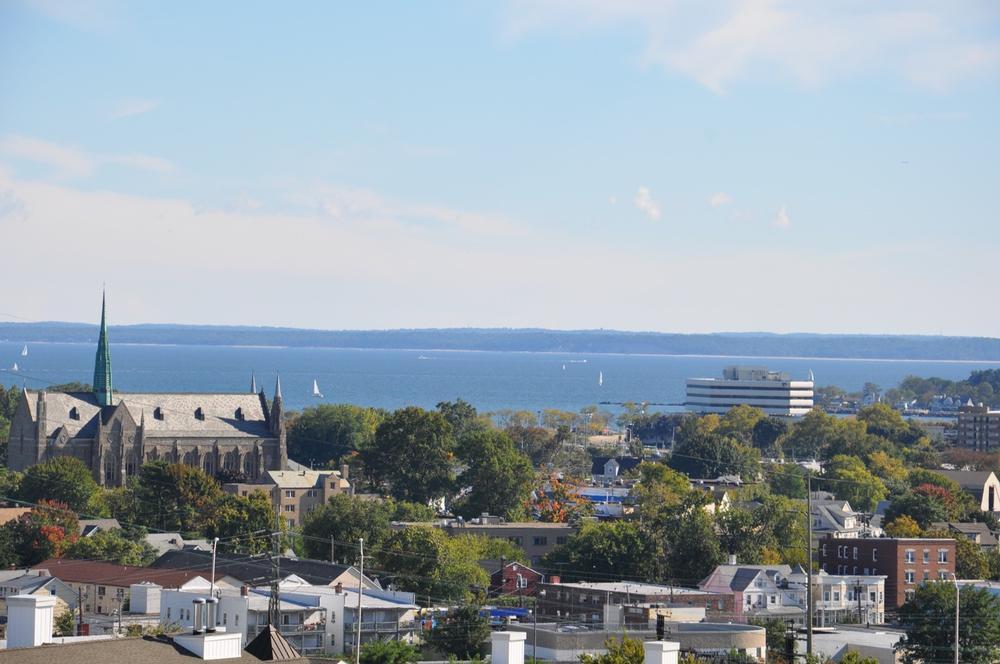
© Ritu Jethani/stock.adobe.com
Located in Fairfield County, Stamford is the fourth largest city in Connecticut, but may actually be the third highest as its estimated population is very similar to the estimated population of Hartford. Stamford is located in the southwestern part of the state and covers an area of 52.1 square miles and has an estimated population of 122,000, with over 916,000 in the city's metropolitan area.
Like other major Connecticut cities, Stamford
is one of the oldest established cities in America. It is a major commercial and business hub for the state of Connecticut, being home to four Fortune 500 companies and having one of the largest financial districts in the country.
5. Waterbury
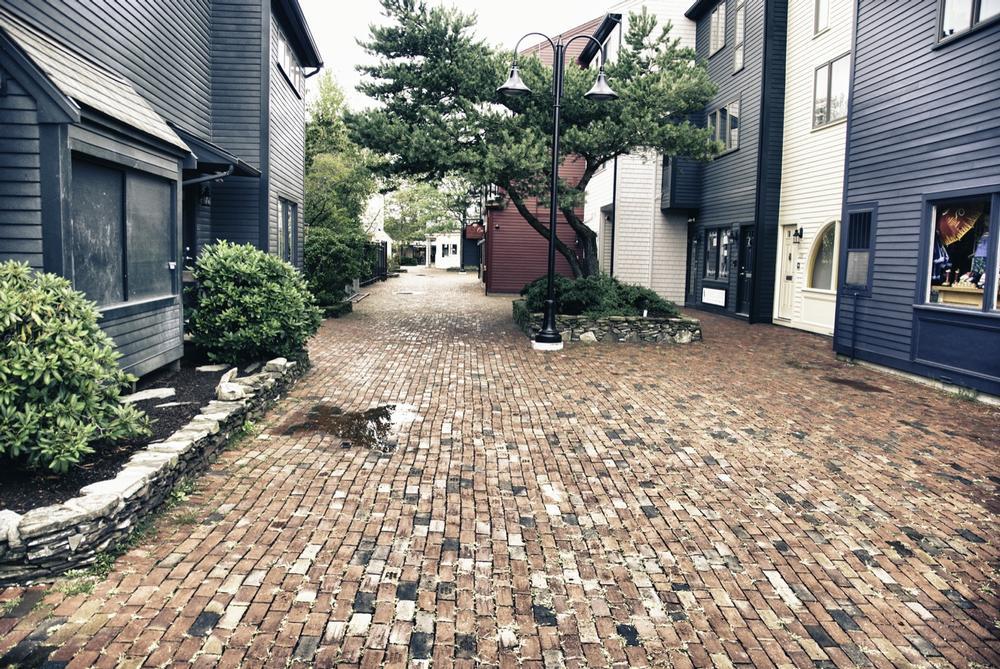
© jovannig/stock.adobe.com
Located on the Naugatuck River in New Haven County, Waterbury is the fifth biggest city in Connecticut. It is located in the western central part of the state and covers an area of 29 square miles. The estimated population of Waterbury is 108,000.
This city is situated over 70 miles outside of New York City but is still technically part of the New York metropolitan area, being the 10th biggest city in this metro zone. Waterbury has been nicknamed 'Brass City' in the past for its brassware industry, and is also known for the production of timepieces like watches and clocks.
Map:
How did I do?
Is the article too broad, too narrow, or just right ? Do you like the presentation of photos and text? Let me know in the comments! If you want to see more in this location, I can put it on my editorial calendar. I'm listening!
Plan Your Trip


